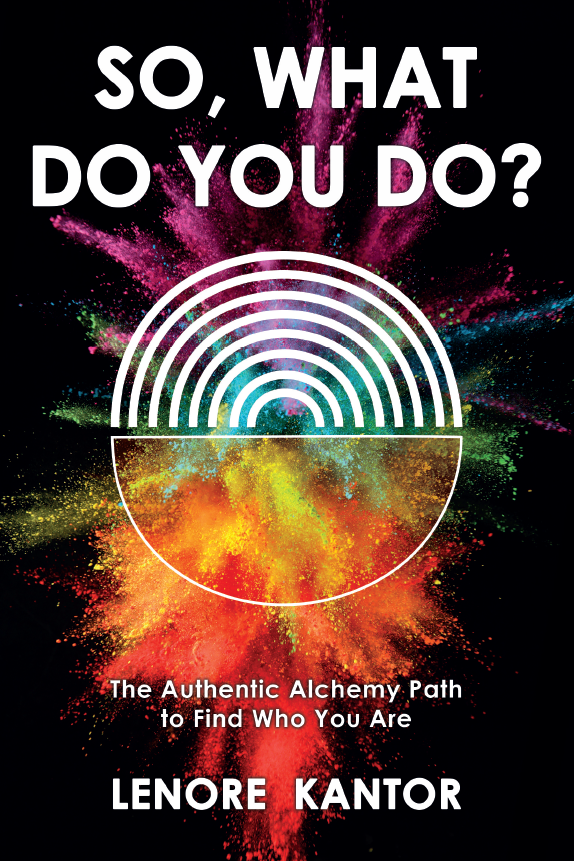The truth shouldn’t hurt
So how do you feel about genuine faux leather or dairy free cheese (real cheddah)? Well, that depends if you’re a vegan then you’re probably cool with it, but if you were expecting the real thing, you might be pretty disappointed. Faux sounds French, but it’s a charming acronym for fake, exactly the opposite of true.
Not everything or everyone comes with a label that tells you what’s in the tin, so you need to use your intuition and instincts. Your gut typically doesn’t lie and lets you know whether something passes the sniff test or just smells a bit off.
It works this way with how we react to companies, brands and their advertising, just as much with people. Do we trust them or think they’re trying to sell us on something to put one over? And believe me, I’m not against commerce – goods and services lubricate our lives and are important for us to live comfortably. However there are times when the sales approach doesn’t sit right.
We may wonder:
- Was that for real or are they trying to get away with something?
- Do they actually believe in what they’re saying or not?
- Who’s behind this promotion?
- Are they who they say or tying to hide something?
- Will they follow through on what they say?
And these are just a few of the questions we should be asking ourselves in many aspects of our lives – when it comes to our work and employers, our politicians and what we see in the media. “X-washing” and virtue-signaling are subtle ways people and organizations try to position themselves to be seen in a positive light when the reality may be less ideal. (For example, was the photo-shopped image of Princess Kate an honest mistake or an attempt to hide something?)
At heart, do their words mean anything? While I was never a trader, the expression, “I’m a buyer” perfectly captures the essence of when we know, like and trust something or someone. You go short on something you don’t think is going to hold up for the long haul. Many millions are made betting against those aren’t believed to be able to deliver on their promises.
HOW TO BE AUTHENTIC
As I’ve shared many times before, being authentic is about the alignment between our words, thoughts and actions. This should also include our energy and emotions, which are additional elements to consider. These add a deeper sense of knowing which we will need to increasingly rely on as we become surrounded by artificially generated realities.
When this newsletter ships, I’ll be sharing how to be more authentic in honor of Women’s History Month at Serendipity Labs. The truth is that showing up as our full selves isn’t always easy. Sometimes honesty isn’t appreciated. We might be judged. We worry that others won’t like or value our point of view. It can feel safer to hide or diminish who we are, what we think and how we want to be in order to fit in, belong, not ruffle feathers or attract unwanted attention.
We need to be smart. Sometimes protecting ourselves and saying or doing nothing is the best thing we can do in a specific situation when we know that our words or actions might be held against us. A friend shared some interesting feedback they received from their boss in their year-end review. The message was “I value your perspective because it’s different from mine, but be careful who and how you express yourself because you’re pissing people off.” It was a clear indication of “you’re walking a thin line, so be careful.”
If you trust your boss and know you’re valued by your organization, you can say what you think and perhaps it will actually be appreciated. But more often than not, it’s clear when someone says they are open to input, but they actually aren’t. How can you know? From their past reactions. We need to learn to read the room. Then we need to check in with ourselves. What do we value? Do we care about our impact? What are our intentions?
If you’re not in a place or surrounded by friends or family who are open to hearing what you really think or feel, then you may choose to edit yourself. You may also consider whether you need to find different, more supportive environments or safe spaces. You can also experiment with different ways of communicating to get your point across, perhaps using humor to avoid poking the pig. Easier said than done.
Create Alignment
I recommend keeping in mind the following:
- What do you think is important?
- How do you feel about this issue?
- Are you grounded in what youbelieve?
- When should you share your perspective and will it be valued?
- How do you need to show up and act to best get your message across?
Once you’ve gone through this gut check, you can decide how best to proceed. Follow your intuition, instincts, heart and your head to make sure they all agree. The more closely integrated you feel, the more effectively and in integrity you will be able to communicate.
For my Columbia peeps, join my next Columbia Career Coaches Network office hours this Wednesday, March 13 at 12 pm for some free coaching (register here). I’ll be sure to share any insights that emerge if you miss it:)
Reach out to connect. I would love to hear how you are doing and get your perspective on anything I’ve shared!
Related Posts



